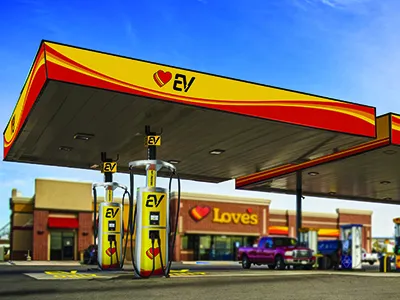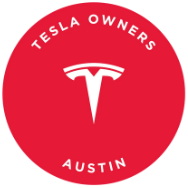- New data indicates that infrastructure has expanded to accommodate peak EV charging demand
- In 2024, there are approximately 50% more public charging connectors compared to 2023
- Improvements in reliability are being observed in public EV charging
A recent study released by Paren in early December revealed that the U.S. public electric vehicle charging infrastructure has not only kept up with the growth in EV sales in 2024 but has also shown enhanced reliability.
The study focused on the end-user experience for fast charging sessions during the Thanksgiving travel week, known as the “Super Bowl of fast charging.”
During the Thanksgiving week of 2024, the study found that the number of charging sessions increased by nearly 50% compared to the same period in 2023. Simultaneously, the number of charging connectors also saw a similar increase.
This Thanksgiving week served as a critical “pressure test” for the EV charging sector in 2024, as it witnessed a surge in highway travel, unmatched by any other holiday period.

Comparison of Thanksgiving week EV charging sessions and utilization rates (via Paren)
The average utilization rate slightly declined from 24% to 22% year-over-year, indicating that the infrastructure is effectively meeting the increasing demand from EVs on U.S. roads.
Throughout 2024, the number of EVs in the U.S. witnessed a steady rise, with sales exceeding 10% year-over-year in the later months, and the EV market share inching closer to 10% of the overall U.S. light-vehicle market. This year has highlighted the importance of infrastructure development ahead of EV sales growth, addressing the concerns raised in a 2023 J.D. Power survey regarding the lack of public chargers.
Significant progress has been made in expanding road-trip fast-charging stations across the country, enabling more extensive travel options than previously available. Strategies such as limiting fast-charges at busy stations and deploying temporary Superchargers during peak times are being implemented to optimize charging network efficiency.

Love’s Travel Stop EV charging
Paren’s study also highlighted an increase in reliability, with a 3.4 percentage point improvement in successfully initiating and completing charging sessions, reaching 85.5% compared to the previous year. The future of building reliable public charging infrastructure remains uncertain, with projections suggesting the need for a substantial increase in publicly-accessible DC fast-charging ports by 2030 to support the growing number of EVs on the roads.
The 2023 Energy Department study forecasted the necessity of around 182,000 DC fast-charging ports by 2030, catering to a projected 30-42 million EVs. The upcoming infrastructure developments will play a crucial role in shaping the future of EV charging in the U.S.

